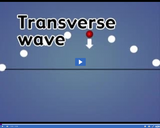
In a transverse wave, particles move across, or perpendicular to the direction the wave is traveling.
- Subject:
- Science
- Provider:
- Utah Education Network
- Author:
- Visual Learning Company
- Date Added:
- 02/28/2010

Resources created or licensed by the Utah Education Network

In a transverse wave, particles move across, or perpendicular to the direction the wave is traveling.
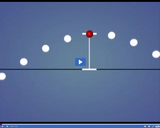
Amplitude indicates how much energy a wave has. It is determined by measuring the distance between a wave's resting point and its trough or crest.

The spinning of Earth causes wind to bend to the right in the northern hemisphere and to the left in the southern hemisphere. The curving of wind directions is called the Coriolis effect.

With a land breeze, wind moves from the land to the ocean because warm air over water rises and is replaced by cooler air from the land.
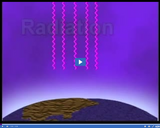
Heat is distributed via radiation, which is the transfer of energy waves.

With a sea breeze, wind moves from the ocean to the land because cooler ocean air replaces warm air over the land, which rises.

In this in-depth tutorial, Senior Technology Trainer Kayla Towner shows you how to navigate the wide range of educational websites and databases available to support K-12 students in the “general resources” located in Utah’s Online School Library.

Kicking off the new season of UEN Nearpod News, instructor Jami Gardner walks us through how to navigate the new Nearpod teacher dashboard.
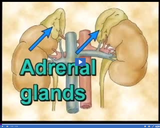
The adrenal glands, located near the kidneys, produce a hormone called adrenaline, which increases heart rate and causes a person to breathe faster, often in response to fear.
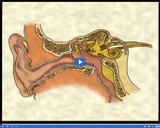
The auditory nerve is a nerve in the ear that carries nerve impulses to the brain, where they are interpreted.
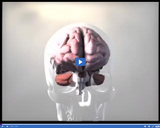
The cerebrum is the part of the brain responsible for storing information and controlling voluntary muscles.
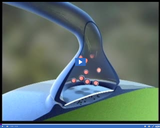
The electrical impulse in a neuron travels across gaps with the help of a chemical signal.
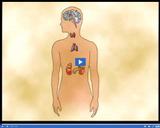
The endocrine system consists of glands that release chemicals called hormones into the blood stream.
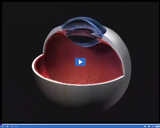
The eye consists of a variety of structures that allow it to regulate the amount of light entering the eye, focus, and sense color.
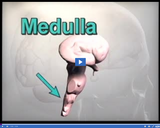
The medulla is the part of the brain that plays a role in regulating involuntary functions.

The cell body contains the neuron, which controls the activities of the cell. Dendrites, which branch out from the cell, receive messages and carry them to the cell body. An axon is a tail-like structure.
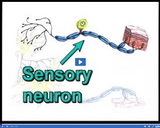
Sensory neurons carry messages initiated by stimuli. Interneurons relay messages from one neuron to another in the spinal cord and brain. Motor neurons carry messages from the brain and spinal cord to glands or muscles.
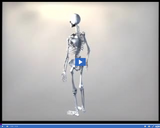
The peripheral nervous system contains nerves that form a network throughout the body that directs voluntary and involuntary activities. The spinal cord connects the brain to nerves throughout the body.
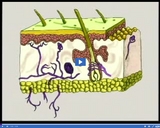
Sensory receptors are the cells in skin that sense pain.
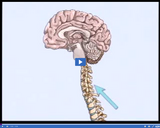
The spinal cord and brain are two primary components of the nervous system.